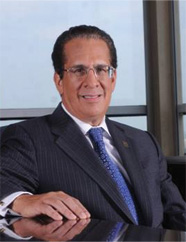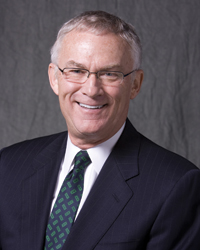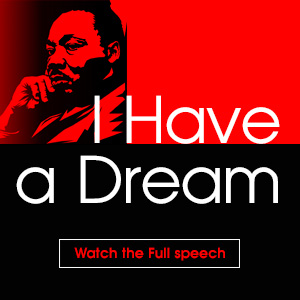Category: Veterans
For America’s returning veterans, the transitions to civilian life brings many changes. Most notably, coming home provides insecurity when soldiers are left without jobs. Hiring military veterans has become a priority for many corporations and a new aspect of diversity and inclusion in every workplace across the country.
By Nadine VogelPresident, Springboard Consulting LLC According the the U.S. department of defense personnel and procurement statistics, tens of thousands of veterans serving in Iraq, Afghanistan, and surrounding duty stations have lost a hand or limb, been severely burned, blinded, have lost hearing, been diagnosed with post traumatic stress disorder (PTSD), a traumatic brain injury… Read the full article
When President Clinton installed the policy of ‘Don’t Ask, Don’t Tell’ in 1993, he continued a hush-hush policy within the armed forces towards lesbian, gay, bisexual and transgender (LGBT) individuals.
The nearly 14,000 people at CACI share a common goal of supporting men and women in our Armed Forces.
Robert Turner Senior Vice President, Corporate Relations and President, Union Pacific Foundation Union Pacific Railroad 2011 Corporate Philanthropy A unique part of Union Pacific’s historical involvement with the military was the railroad’s volunteer canteens, like the famous one in North Platte, Nebraska. There, Union Pacific hosted up to 10,000 servicemen and women a day between… Read the full article
Shinder Dhillon writes, “(Diversity) is about getting the right mix of people, with the right mix of skills and competencies.” That has been my vision as a commander at every opportunity I’ve had to command in the Air Force, and it is my vision for the Air Force Academy Preparatory School.









